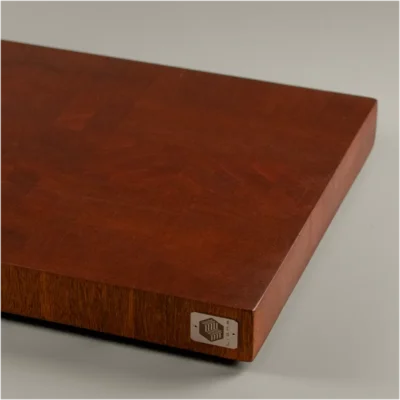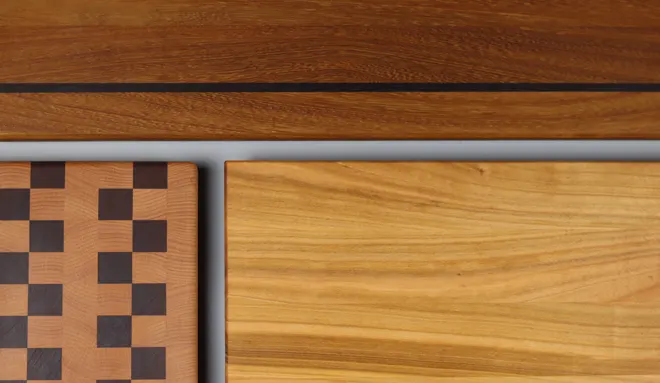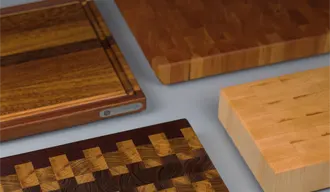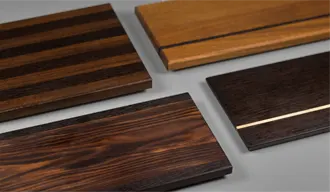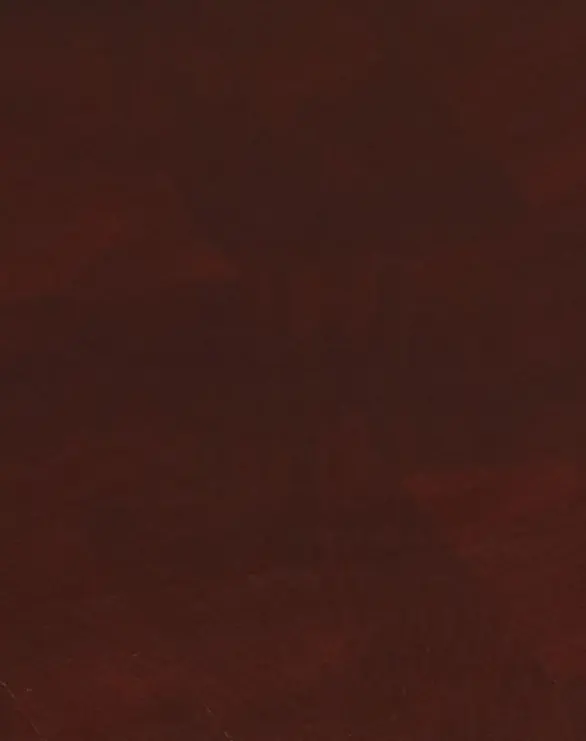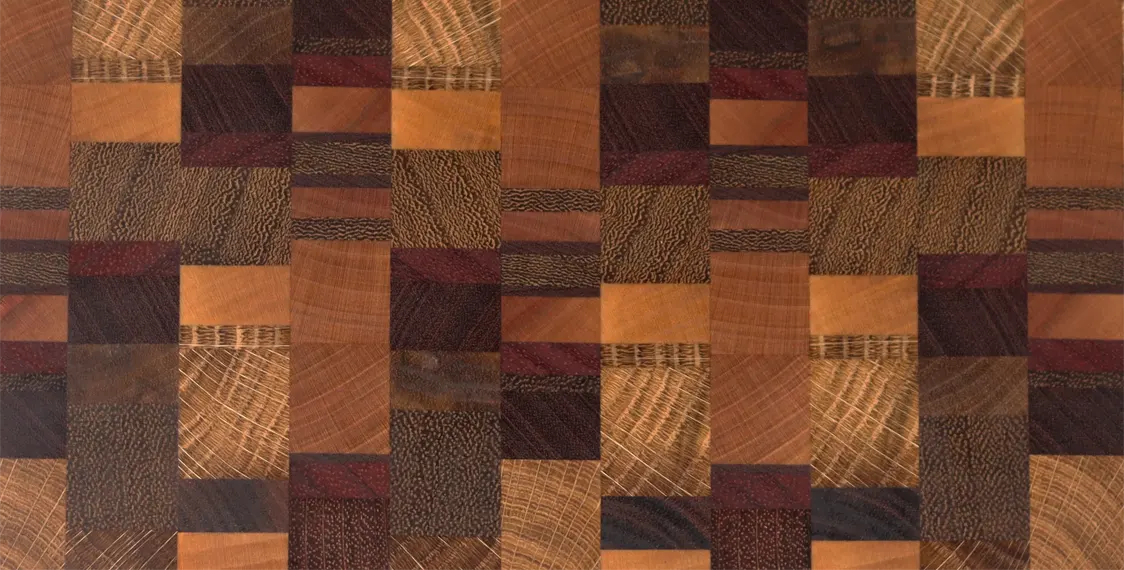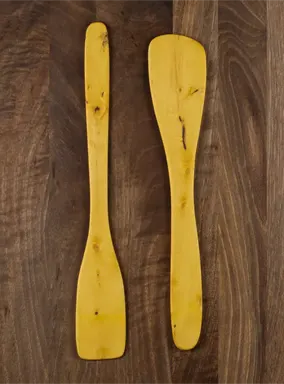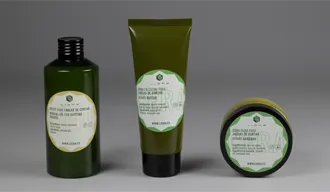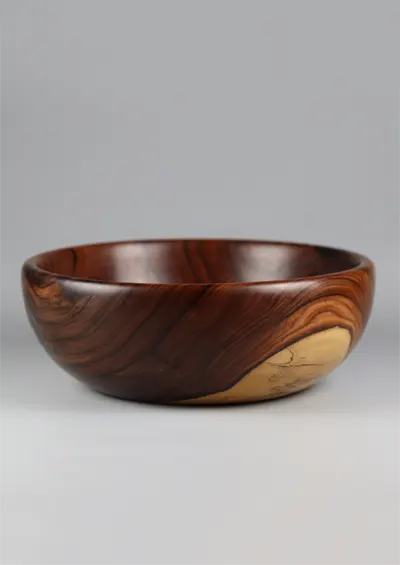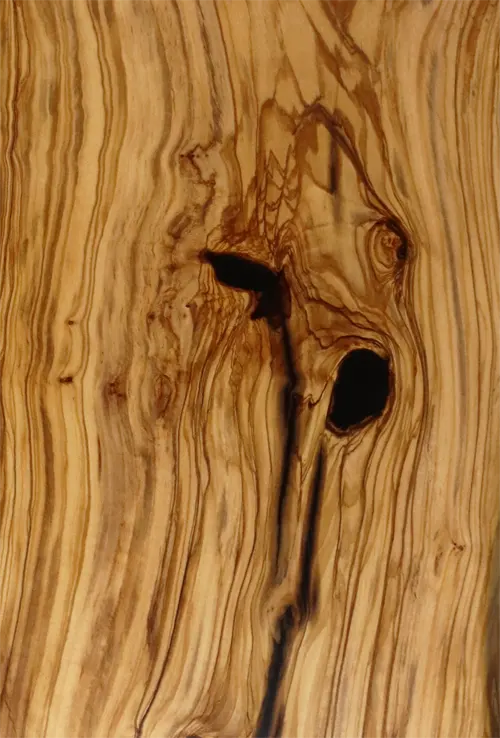African Wood: species, characteristics and responsible trade
Africa is one of the planet’s great forest lungs and a key supplier of valuable hardwoods to the global industry.
The wood from Africa, from Gabonese ebony to iroko, passing through pink ivory, the diversity and uniqueness of African species makes this continent a benchmark for cabinetmaking, luthiery and technical carpentry.
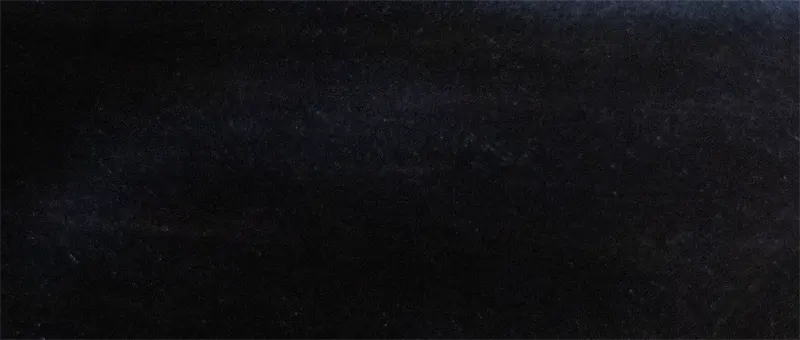
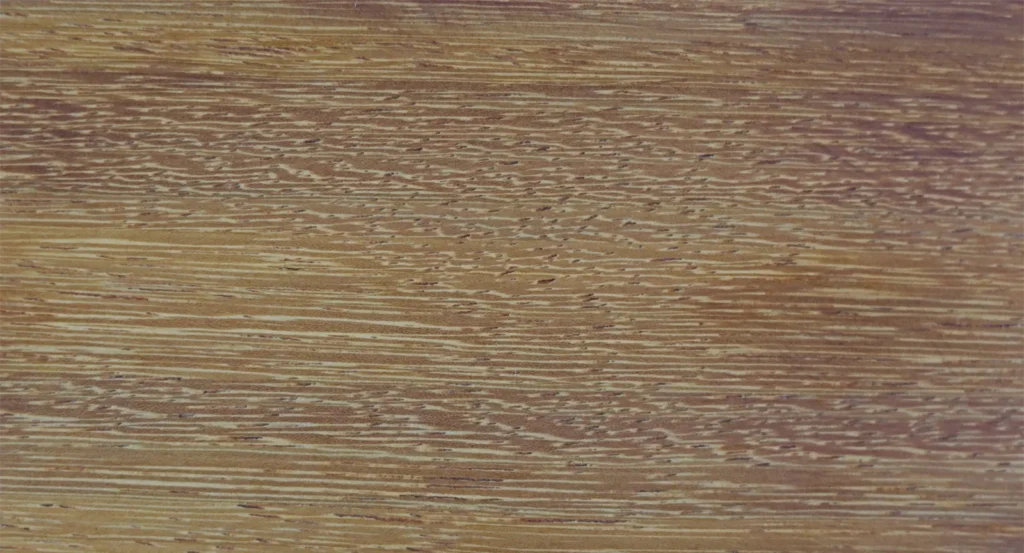
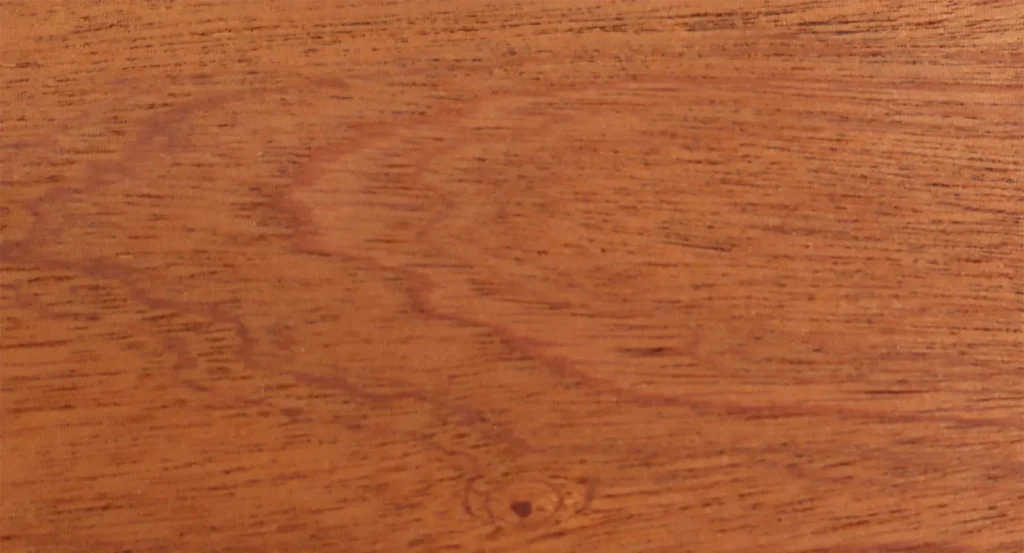
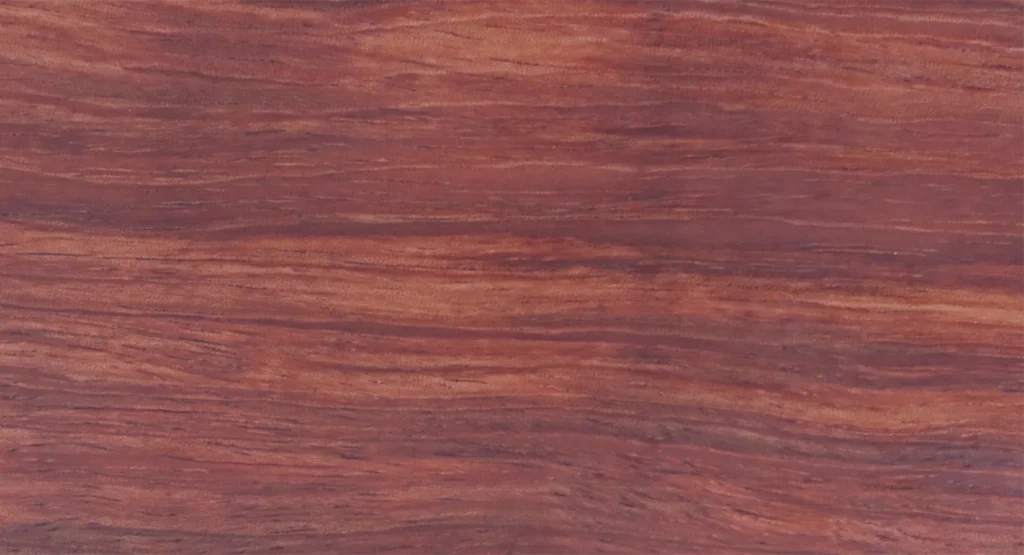
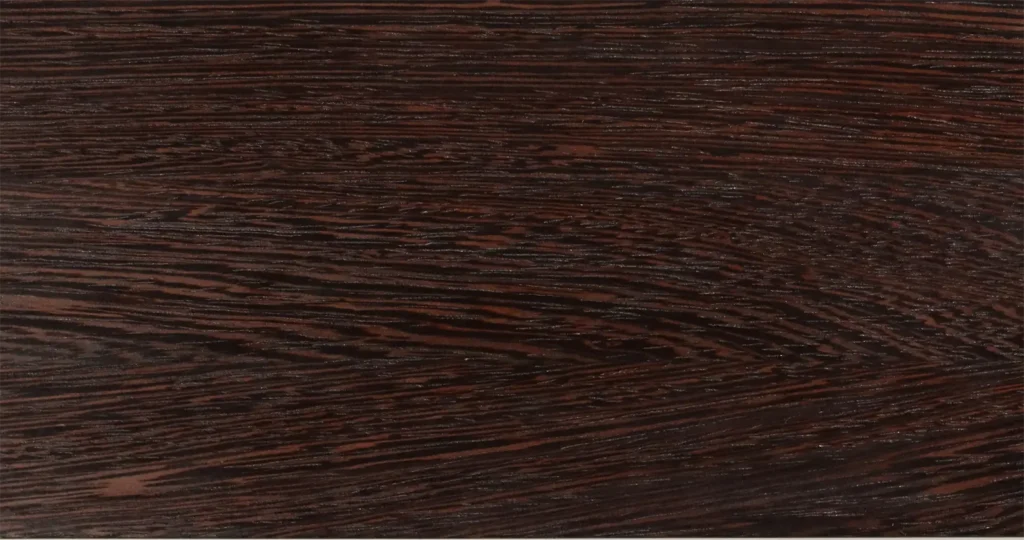
But with this natural wealth also comes a responsibility: many of these species are threatened by overexploitation, illegal logging, and a non-transparent supply chain.
In this technical guide we analyze the main African woods, their physical properties, their uses, and the ethical criteria for responsible trade.
General characteristics of African timber
Although the diversity of species is enormous, African woods share some properties that make them unique:
High density and hardness
Many species exceed 850 kg/m³ and have Janka hardness above 2,000 lbf, making them extremely durable and resistant to wear.
Excellent natural durability
Thanks to their home environment, many develop anti-xylophagous and moisture-resistant properties without the need for artificial treatments.
Intense colors and unique veins
Reddish, deep black, or pink tones, combined with wavy or contrasting grains, make these woods stand out visually.
Difficult grain and demanding machining
Cross-grain, hardness, and the presence of minerals demand professional tools and expertise to prevent tearing or overheating.
Ecological risk and regulation of wood from Africa
Unchecked trade has brought many species to the brink of extinction. This requires traceability, regulations, and informed decisions by producers and consumers.
Main African wood species
Below is a comparative table with the most relevant species in the current technical and artisanal trade:
| Species | Scientific name | Density (kg/m³) | Janka Hardness (lbf) | Resistance (fungi/insects) | Main uses | Conservation status (CITES/IUCN) |
|---|---|---|---|---|---|---|
| African Blackwood | Dalbergia melanoxylon | ~1270 | ~3,670 | Very high | Instruments, carving, luxury joinery | CITES Ap. II – Threatened (IUCN) |
| Pink Ivory | Berchemia zeyheri | ~1035 | ~3,230 | High | Handles, luxury, fine turning | Regulated (not CITES-listed) |
| Iroko | Sublime Militia | ~660 | ~1,260 | Very high | Floors, furniture, exterior carpentry | Least Concern (IUCN), no CITES |
| Sapele | Entandrophragma cylindricum | ~640 | ~1,510 | Average | Cabinetmaking, decorative veneers, instruments | Vulnerable (IUCN), not CITES |
| Wenge | Millettia laurentii | ~870 | ~1,930 | Very high | Flooring, guitars, technical carpentry | Endangered (IUCN), CITES Ap. II |
| Zebrawood | Microberlinia brazzavillensis | ~750 | ~1,830 | High | Sheet metals, designer furniture | Vulnerable (IUCN), not CITES |
| Bubinga | Guibourtia spp. | 850–980 | ~2,410 | High | Instruments, luxury veneer, joinery | CITES Ap. II (since 2017) |
| African Padouk | Pterocarpus soyauxii | ~740 | ~1,970 | High | Turning, drums, furniture | IUCN Least Concern |
| Doussié | African aphzelia / bipindensis | ~830 | ~1,810 | Very high | Flooring, parquets, outdoor | Least Concern (IUCN) |
| Gabon ebony | Diospyros crassiflora | ~1000–1200 | ~3,220 | Very high | Instruments, inlays, carving | Endangered (IUCN), CITES Ap. II |
| Khaya (African mahogany) | Khaya spp. | ~545 | ~850 | Average | Furniture, doors, boats | No active regulation, some under review |
| Mopane | Colophospermum mopane | ~990 | ~3,840 | Very high | Instruments, poles, rural uses | Least Concern (IUCN) |
| Bilingual | Nauclea diderrichii | ~880 | ~2,020 | Very high | Heavy construction, bridges, ports | Least Concern (IUCN) |
Why should Africa’s timber trade be regulated?
Uncontrolled logging generates three serious consequences:
- Loss of biodiversity: many species such as ebony or wenge are already critically endangered.
- Human impact: Indigenous communities lose access to resources and territories, and child labor or precarious conditions are often employed.
- Corruption and the shadow economy: Illegal trade fosters corrupt networks, evades taxes, and weakens local economies.
Bodies such as CITES and FSC regulations seek to correct these abuses by establishing quotas, traceability and restrictions to prevent a commercial extinction of valuable species.
Most of the CITES II listed timbers that are still commonly marketed today do so with old stock prior to entry into this list. Its availability will be considerably reduced over the years.
Pink Ivory: regulation to prevent its entry into danger of extinction
This species has been subject to supervision and regulated quotas due to its high demand for luxury objects. Such preventive action demonstrates that trade can and must be controlled before a species is at risk of extinction.
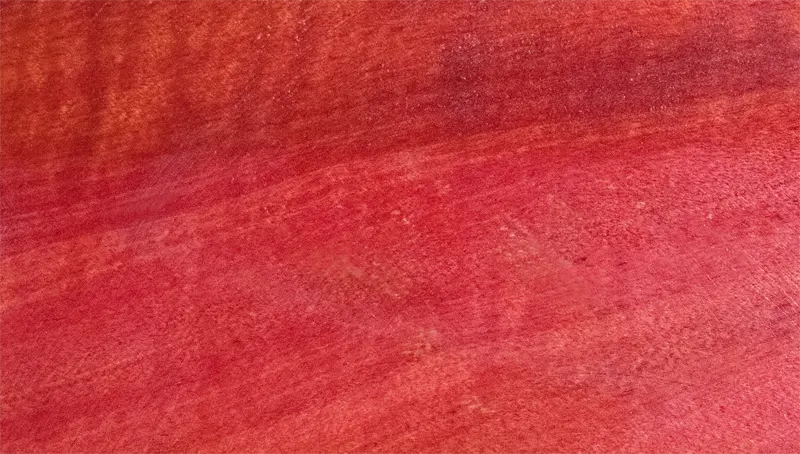
Learn more about Pink Ivory wood.
Conclusion on African Timber
African wood offers technical and aesthetic qualities that are difficult to match. But it only makes sense to work with it from a responsible and sustainable approach. At Ligna.es we are committed to legal, traceable wood with respect for its origin and the people who make it possible.
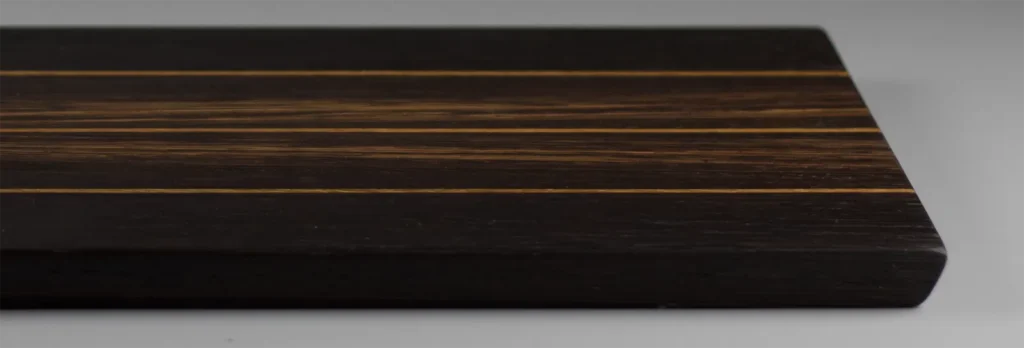
If you’re looking for a special cutting board, check out our catalog of unique boards or our PURA collection.
Frequently asked questions about wood from Africa
What makes African wood special?
The combination of high density, natural resistance and chromatic variety makes it a technically and visually attractive option for multiple uses.
Are all African woods hard?
Not all of them. Although many have high hardness (such as mopane or ebony), there are also lighter species such as khaya or obeche (not included in the table), used for lighter carpentry.
Why are some species regulated?
Some timber species in Africa are regulated because their massive and uncontrolled exploitation has endangered them, or negatively affects local communities and key ecosystems.
What does it mean for a timber to be in CITES Appendix II?
It means that it is not yet critically endangered, but its trade must be controlled to prevent it from becoming so. Requires permits and traceability.
How do I know if an African timber is legal?
To know if a wood from Africa is legal, you must require FSC, PEFC certificates or documentation of legal origin. It is also advisable to buy from companies with clear sustainability and transparency policies.
Is the purchase of African wood ethical?
Only if its legal origin is verified, if it does not encourage human or environmental exploitation, and if it contributes to local economies that respect labor rights.
What African woods are used in musical instruments?
Ebony, Mopane, African Blackwood, and Bubinga are prevalent in clarinets, flutes, guitars, drums, and xylophones for their density and stability.
Which are the most resistant to the outdoors?
Iroko, doussié, padouk and bilinga are very stable against humidity and insects, ideal for outdoor use or raised floors.
Which woods have the most exotic color?
Pink ivory, zebrawood and African padouk stand out for their intense natural coloration and striking veins without the need for dyes.
Can it be used on kitchen boards?
Some species of African wood such as iroko or sapele can be used for kitchen boards or cutting boards, provided they are properly treated and finished.
Otras entradas del blog
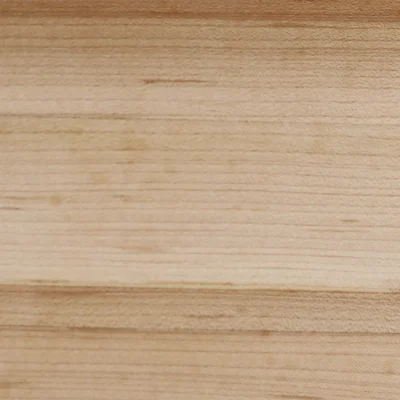
Hard Maple Wood: Uses and Characteristics

Cherry Wood: Uses and Characteristics
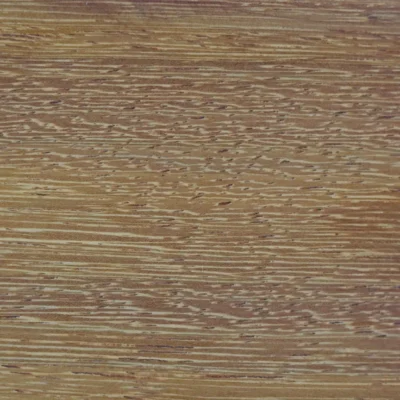
Iroko Wood: Uses and Characteristics
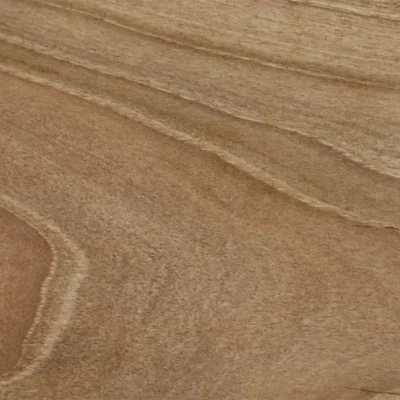
Walnut Wood: Uses and Characteristics
Nuestras tablas de cortar:
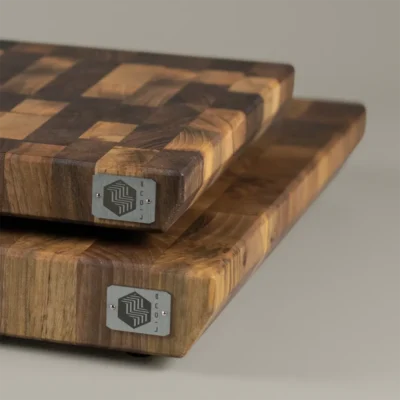
Pura
Walnut walnut butcher block
Pura
Walnutwalnut butcher block
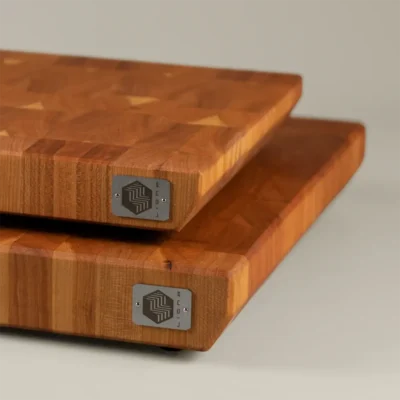
Pura
Cherry cherry butcher block
Pura
Cherrycherry butcher block
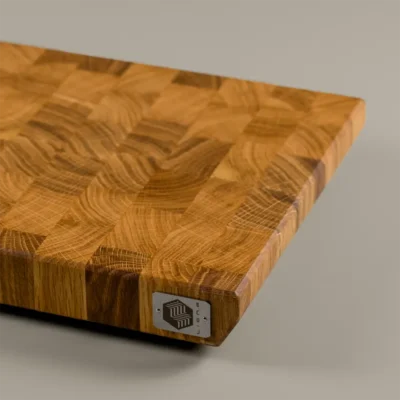
Pura
Oak oak butcher block
Pura
Oakoak butcher block
